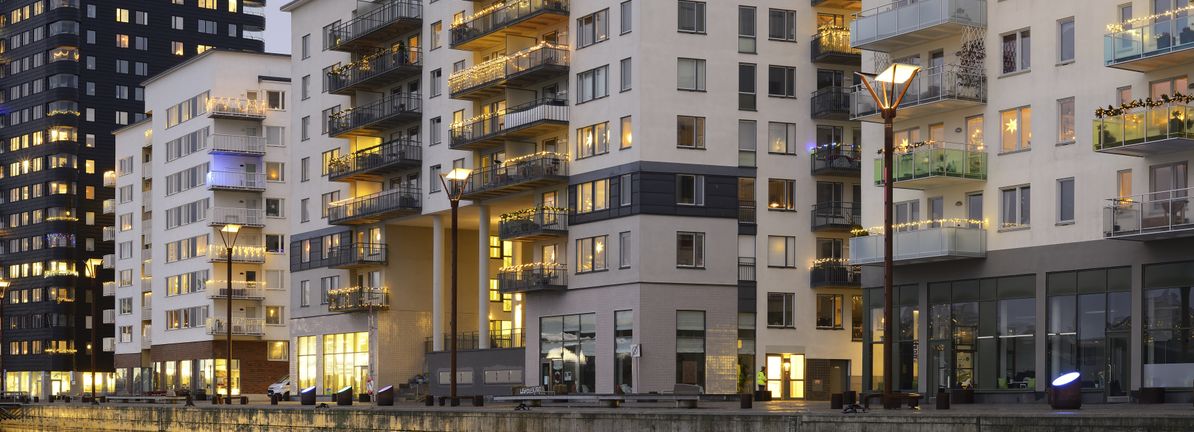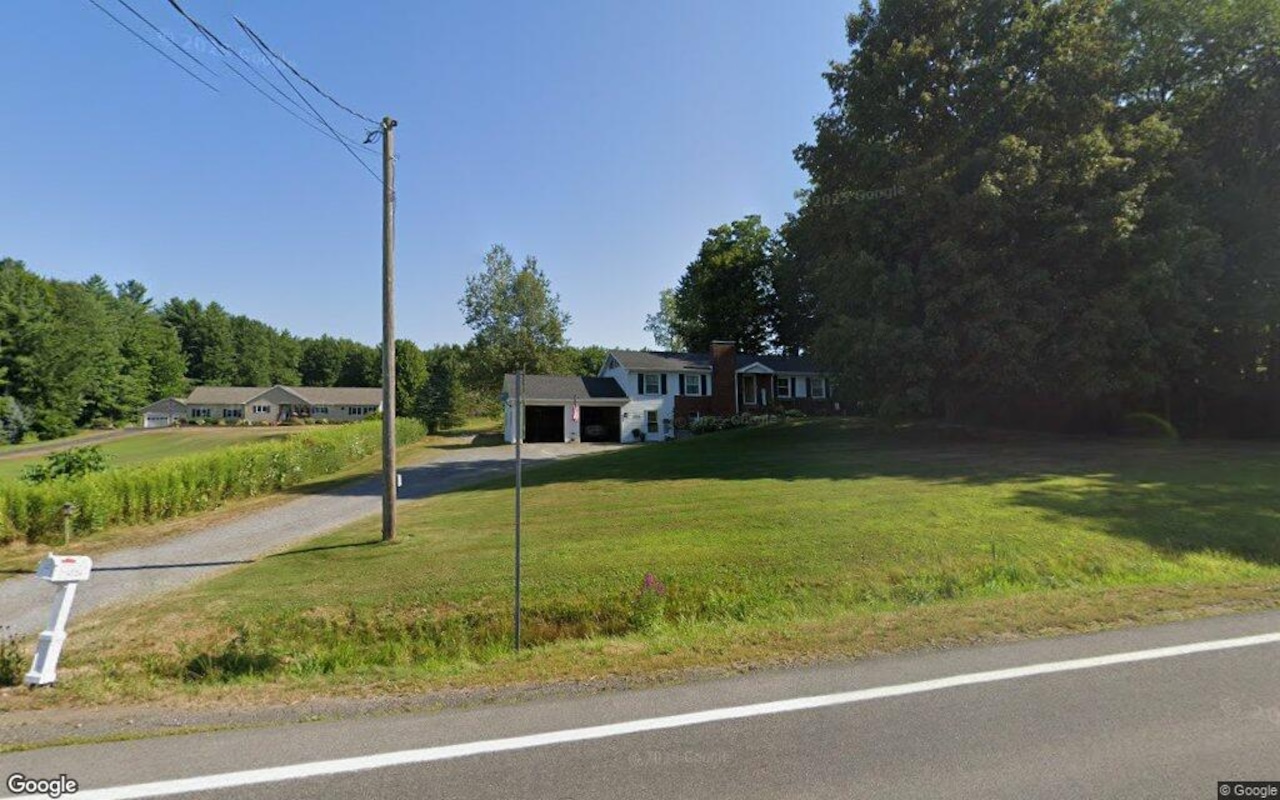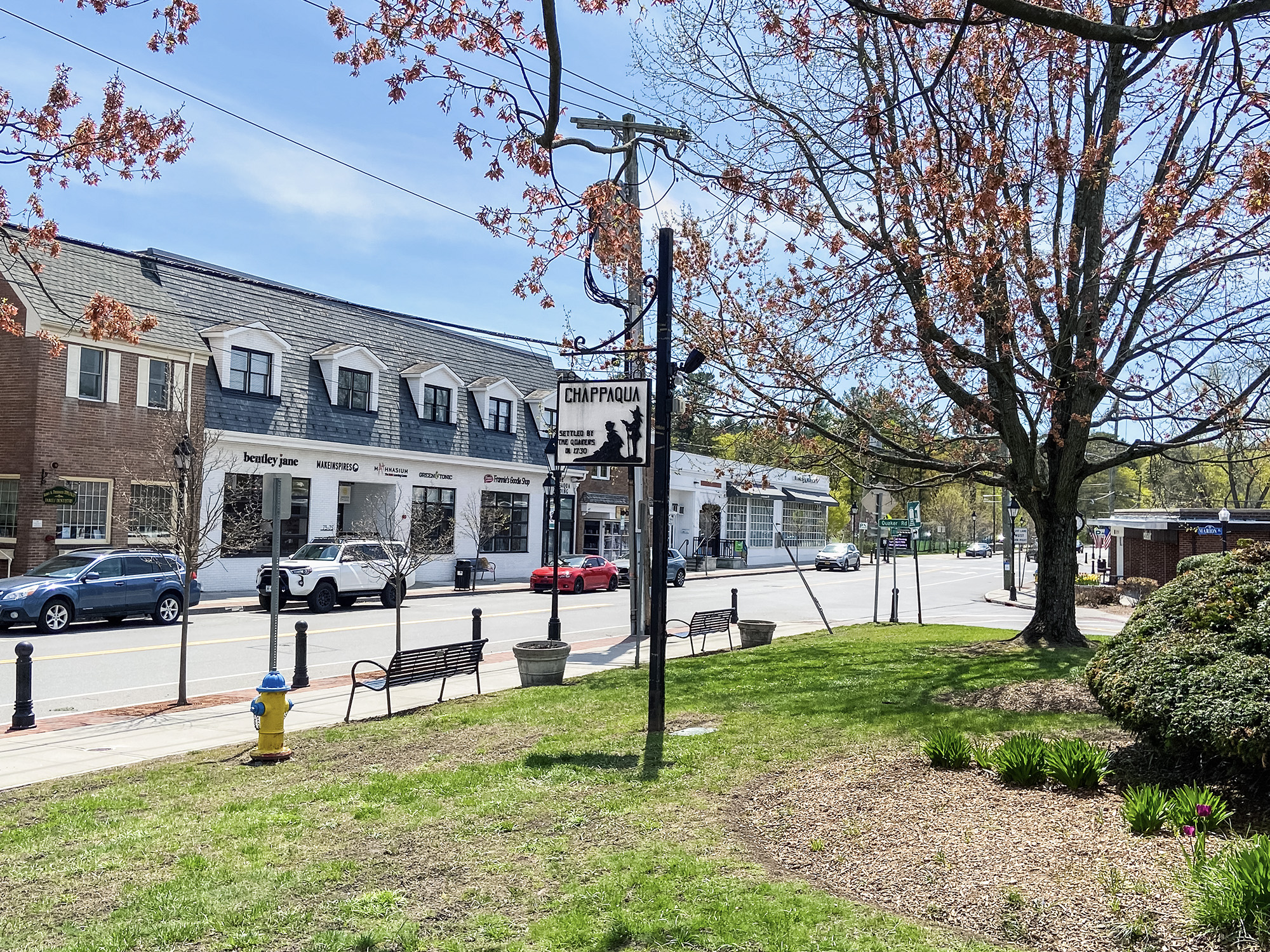N
ew Orleans' skyline owes a significant debt to the late Joseph C. "Joe" Canizaro, a prolific developer who left an indelible mark on the city's commercial landscape before passing away in June 2025 at age 88. During his illustrious career, Canizaro developed over 10 million square feet of commercial and mixed-use real estate, including iconic landmarks like 400 Poydras Street, the First Bank & Trust Tower, and several major hotels. His projects played a pivotal role in transforming the Central Business District into a thriving hub of Class A office buildings that continue to define the city's commercial market today.
The Class A landscape in New Orleans remains anchored by towers such as the Hancock Whitney Center, Place St. Charles, and Energy Centre, each offering premium office space, modern amenities, and breathtaking views of the Mississippi River. Despite the challenges posed by hybrid work trends, occupancy rates in these buildings have remained relatively stable, with downtown Class A occupancy ranging between 79% to 80% of capacity and average rental rates between $20 and $21 per square foot.
However, some experts caution that these numbers may not be sustainable in the long term. "Downtown office occupancy is still around 80 percent, but part of that may just be because a lot of tenants are still in leases that haven't expired yet," said Guy Williams, president and CEO of Gulf Coast Bank & Trust Company. When those leases roll over, many companies are likely to reduce their footprint, and those who stay often seek rent concessions.
The higher interest rate climate and stricter underwriting from banks have created refinancing risks and pressure on returns for buildings with big debt loads. "Buildings with big debt loads are competing against others who have smaller debt and lower overhead," explained Williams. At the same time, demand has softened due to an increase in remote work and insurance costs, while utilities and maintenance costs have risen, and revenues have declined.
Many owners of these buildings are approaching refinancing deadlines on loans secured during the low-interest era. "There's another problem looming with CMBS loans downtown," said Williams. "A lot of them were done on 20-year amortizations, and those maturities are coming due in the next couple of years. Refinancing will be very difficult in this environment."
Commercial mortgage-backed securities (CMBS) are commercial real estate loans that are bundled together and sold to investors as securities. As these loans mature, property owners could face significant challenges refinancing at higher rates or under stricter lending terms, raising concerns about potential distress in the downtown office market.
Seth Knudsen, president and CEO of the Downtown Development District (DDD), shares a more optimistic view of Downtown's resilience, highlighting several recent developments and transactions that signal ongoing investment interest. "Since the start of this year, Downtown has seen positive commercial property development trends with a range of significant new construction starts, real estate transactions, and lease announcements," said Knudsen.
However, Knudsen acknowledged challenges. "Commercial property development does continue to face some headwinds in Downtown New Orleans, but our challenges are generally in line with those seen across the country," he said. Rising insurance and construction costs, and an uncertain financial climate remain significant hurdles to overcome, but progress is evident.
New Orleans has been able to maintain a higher level of occupancy than many of its peer cities. "Downtown is fortunate to have a robust economic infrastructure that supports office tenancy, including multiple federal and state court systems and the Port of New Orleans," said Knudsen. Downtown has also seen several notable recent lease transactions and renewals, including a new 49,000-square-foot lease for Delta Utilities, LLC at 201 St. Charles Avenue.
Looking ahead, Knudsen acknowledged that some properties are facing looming loan maturities, which is driving transactional activity. "We've seen several high-profile properties change hands over the last year, such as the Energy Centre, 1515 Poydras, and 1615 Poydras," he said. While some of these properties may ultimately be converted to other uses, most are likely to remain office space, and rents are expected to remain stable in a relatively narrow range for now.
Knudsen noted that Shell's planned relocation from the Hancock Whitney Center to the River District could have a significant impact on Downtown office dynamics. While the move keeps jobs and economic activity downtown-adjacent, it leaves a major vacancy in one of the city's flagship office towers – a shift that Guy Williams views as potentially disastrous for the current office market, while Seth Knudsen expresses confidence that Downtown can adapt to the transition.
Knudsen also emphasized the DDD's proactive efforts to support market transformation, including advocating for the proposed Revitalizing Downtowns and Main Streets Act, which would create a new federal tax credit to help offset redevelopment costs associated with converting office properties to residential use.
Some see opportunity beyond Class A towers. Stephen Keighery, founder of Home Buyer Louisiana, thinks the market is overly pessimistic and that even a slight improvement could spark a rebound, particularly for investors focused on smaller properties and local commercial spaces rather than the city's largest office towers. "Yes, the data look grim," said Keighery, noting that home prices in Orleans Parish are currently about 14% below their 25-year, inflation-adjusted trend. "But I've learned that market sentiment often overshoots."
Keighery points to research showing New Orleans' price-to-rent ratio is unusually low, around 17% – a signal that properties may be undervalued. "This is exactly the scenario contrarian investors live for," he said. "Now might be the time to purchase. If you buy today and prices merely return to their long-term trend – not even a boom, just normalization – you stand to make solid gains."
He notes that rents have remained strong even as sales prices declined. "New Orleans rents have been remarkably resilient, underscoring a supply-demand imbalance that favors landlords," Keighery explained, citing data showing median gross rent has jumped 34% after inflation between 2004 and 2022. "Owners who weather this down market have enjoyed strong cash flow while most peers sat idle."
For Keighery, the bottom line is clear: "Now is the time to be a buyer, not a bystander." With many buyers having pulled back, this is one of the rare windows where you can actually negotiate. Sellers are more flexible, and there's less competition – making it an ideal time to structure deals creatively and buy right. If you believe in the long-term story of New Orleans, there may never be a better time to act.















